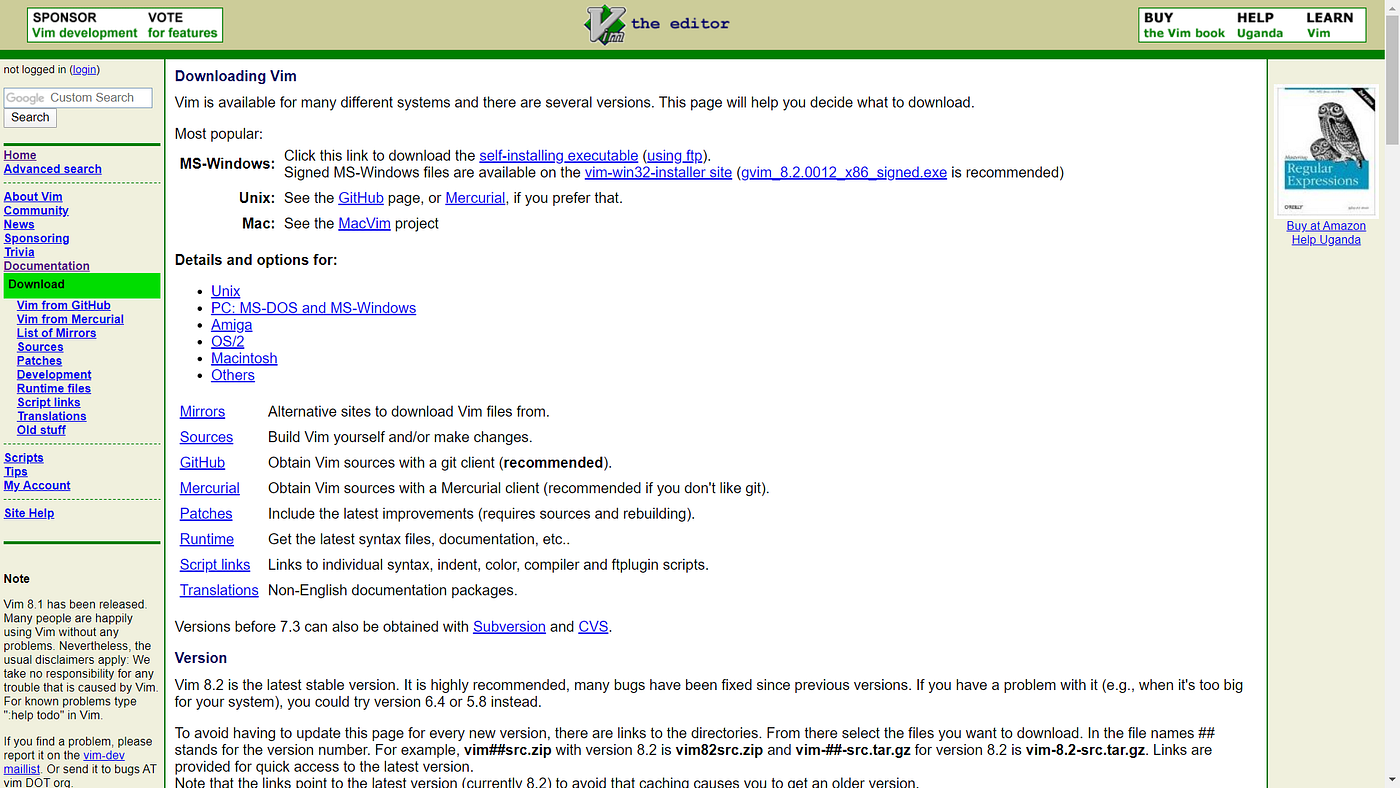

- Unix make file executable windows how to#
- Unix make file executable windows .exe#
- Unix make file executable windows install#
- Unix make file executable windows archive#
- Unix make file executable windows windows 10#
Unix make file executable windows windows 10#
Make sure that you run malware scans regularly and, if you’re really unsure about whether an executable file is safe to run, you can use the Windows 10 sandbox mode to run software in an isolated container to test it out. As long as you only run software from sources you trust, executable files should be relatively safe. For most Windows 10 users, however, EXE files are there to be run, not made. There’s nothing stopping you creating your own software, especially if you combine it with Windows installer packages to make it easy to install. You can confirm how well popular software will run using WINE by checking the WineHQ database. But you should open Word and try to open the file from Words File menu rather than trying to double-click on the file. Give their age not even todays Word can open them directly. Designed to emulate certain Windows instructions and libraries, using WINE to run an EXE file will have varying levels of success. Those old Word files were saved in a binary format, hence, the are interpreted as such.
Unix make file executable windows install#
You can also use the WINE emulator for Linux and macOS to run and install Windows EXE files on those platforms. If you developed a Python script, for instance, you could use the chmod +x command to run it.

You’ll need to allow it in your System Preferences > Security & Privacy menu.Īs a Unix-based system, however, macOS does support the chmod command, allowing you to execute more basic scripts using the Terminal app. If the app hasn’t been installed from the App Store, and it isn’t from a developer it knows or trusts, then the app won’t be allowed to run. MacOS has a slightly different method for running software. The command chmod +x file would give a file named file the execute permission to run, for instance. On Linux, for instance, any file can be executable, but it requires a special file permissions flag to run it as a program using chmod. These platforms do have executable files, but they aren’t in the EXE file format.

The way executable files work on Windows is entirely different to the way that programs run on other platforms, like Linux or macOS.
Unix make file executable windows how to#
Otherwise, if you want to create a “real” executable file, you’ll need to learn how to program.
Unix make file executable windows .exe#
exe binary file, producing a result similar to the one explained in this tutorial.While this isn’t a true EXE file, it looks and acts like one, making it an easy way to create an executable file that can distribute software or files you’ve created with others. In the case your are a Windows guy, obviously this will not work (except you will run a Linux compatibility layer like Cygwin).Īnyway exist tools that are able to wrap a Java application into a native Windows. The script is smart enough to pass any command line parameters to the Java application transparently. Now you can execute the app just typing n on your shell terminal. Than append the jar file to the saved script and grant the execute permission to the file resulting with the following command: cat stub.sh helloworld.jar > n & chmod +x n Let's say that you have a runnable jar named helloworld.jarĬopy the Bash script below to a file named stub.sh #!/bin/sh Too complex? Much more easier to do in practice, than to explain! The script when executed will launch the Java interpreter specifying itself as the jar to run. Taking advantage of this possibility the trick is just to embed a runnable jar file into a Bash script file. This technique it is based on the ability to append a generic binary payload to a Linux shell script. There are many reasons why it would be preferable to have your app runnable by simply invoking it on the terminal shell like any other command. An example use case would be to test how Rsync works with data that has changed slightly. My requirement was to be able to create a large file, say 10GB in size, and then replace bits of that file with random data (for example change the first 5GB of data in that file with random data). $ jar -cvmf MANIFEST.MF helloworld.jar HelloWorld.classīut this still requires your users to invoke the Java interpreter with the -jar option. Grab the Windows port over here (I used the beta 0.6 version). $ echo Main-Class: HelloWorld > MANIFEST.MF The manifest must contain an entry Main-Class that specifies which is the class defining the main method for your application. There are plenty of tutorials showing how to implement this feature using Ant, Maven, Eclipse, Netbens, etc.Īnyway in its basic form, it just requires to add a MANIFEST.MF file to the jar package.
Unix make file executable windows archive#
Every Java programmer knows - or should known - that it is possible to create a runnable Java package archive (JAR), so that in order to launch an application it is enough to specify the jar file name on the Java interpreter command line along with the -jar parameter.


 0 kommentar(er)
0 kommentar(er)
